10 Fascinating Facts About Mexico That Will Surprise You
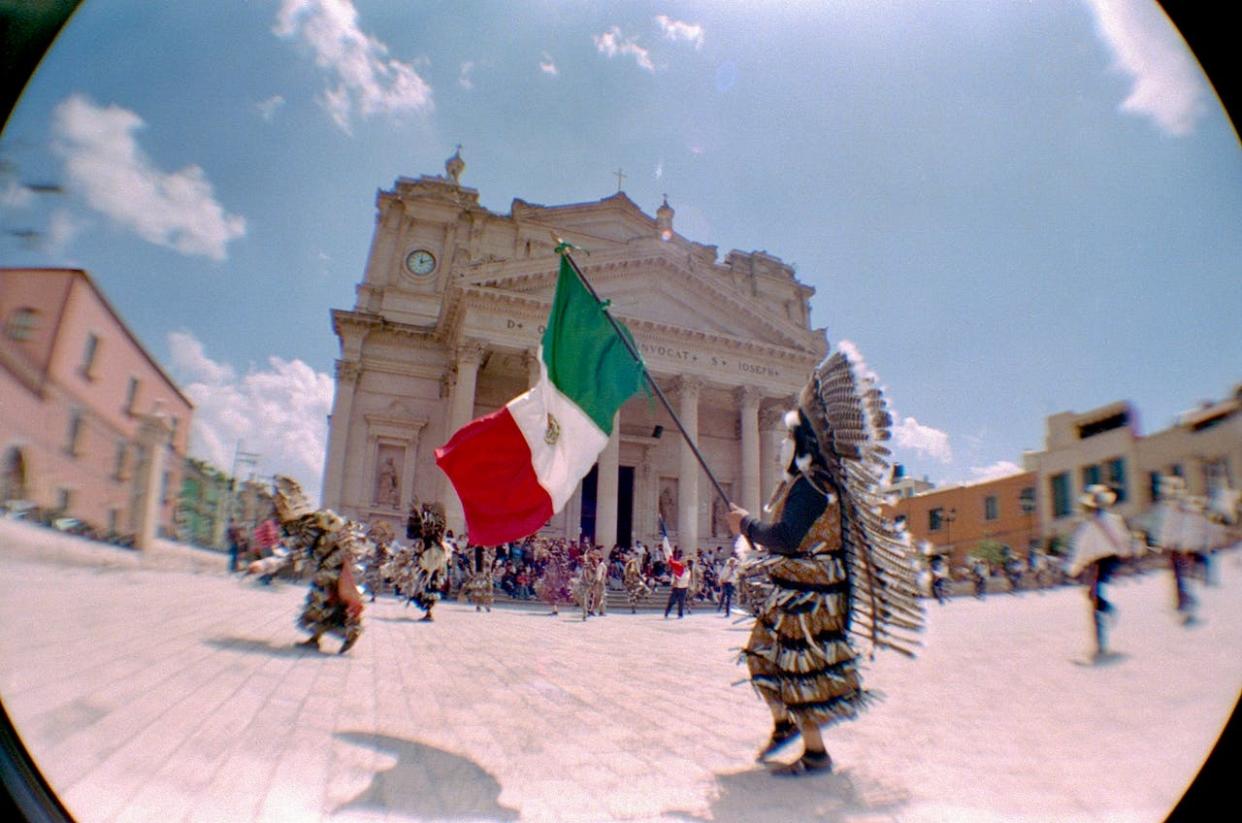
With its stunning beaches, vibrant festivals, and rich cuisine, Mexico has long enthralled travelers. Yet beyond its obvious allure, this diverse country harbors endless surprises for those who take the time to explore further. Though Mexico gained independence in 1821, its cultural traditions and heritage stretch back over a thousand years as home to civilizations like the Aztecs and Mayans.
Today, Mexico remains a melting pot, blending its Native roots with European influence. Over 126 million residents represent 60 indigenous languages across this diverse land. Beyond beaches and margaritas, this special country possesses a fascinating history that could make your travel experience even more memorable. Here we reveal 10 fascinating facts that provide merely a glimpse into what makes Mexico such an endlessly captivating destination for curious travelers and culture lovers alike.
Mexico Has Lakes That Are Bubblegum Pink

In the state of Yucatan, Mexico, nature surprises with lakes that boast a stunning bubblegum pink color. These unique bodies of water, such as Las Coloradas, derive their hue from high concentrations of salt and microorganisms. The vibrant pink lakes create a surreal and captivating landscape that attracts visitors from around the world. While there are some pink lakes you can swim in, visitors cannot swim in the lakes of Las Colorados as an ongoing effort to protect them under UNESCO. However, they are natural phenomena that can be observed at any time.
Mexico’s Land Is Uniquely Defined by Volcanoes
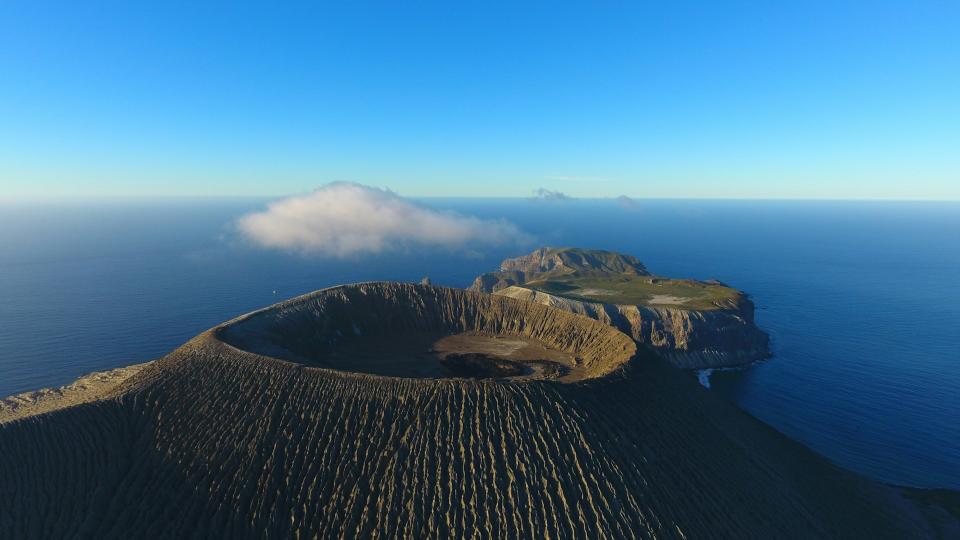
Another fun fact about Mexico is that its topography is shaped by its numerous volcanoes, showcasing the country’s unique geological features. With over 3,000 volcanoes, Mexico is home to some of the world’s most iconic peaks, including Popocatepetl and Iztaccihuatl. These majestic mountains not only define the landscape but also hold cultural significance in Mexican mythology.
For example, the myth of Popo and Itza, an Aztec legend, tells the story of how the volcanoes Popocatepetl and Iztaccihuatl came to be. In short, Popocatepetl and Iztaccihuatl, known also as Popo and Itza, were two lovers who were separated by war. After years of Popo being away from Itza at war, a jealous lover of Popo told Itza that he had been killed. This caused Itza to die of a broken heart. Once Popo returned and found his lover dead, he brought her body to a high peak and lay over her until both of them were covered in snow, forming the mountain range that remains today. It is believed that the volcanic activity of Popocatepetl is the fire and passion within Popo as he remembers Itza. Additionally, the dormant volcano of Iztaccihuatl is believed to be Itza who has been laid to rest.
Mexico Has More Pyramids Than Egypt
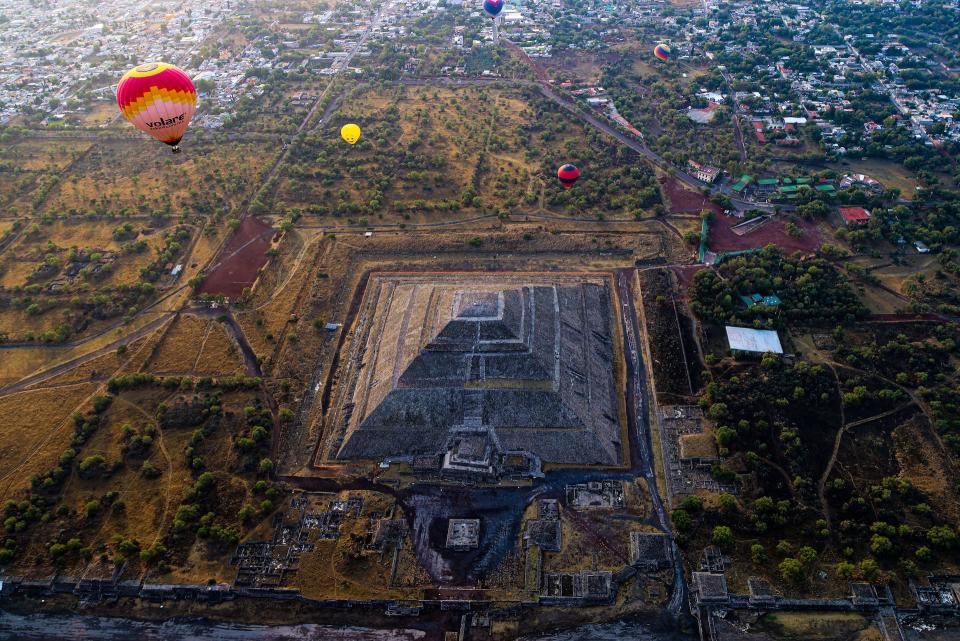
This is one of the fun facts about Mexico that may shock some people. Surprisingly, Mexico boasts more pyramids than Egypt. The country’s landscape is dotted with ancient pyramids, and remnants of the Mayan and Aztec civilizations. These structures serve as testaments to the advanced engineering and astrological knowledge of these ancient cultures.
UNESCO Recognizes Traditional Mexican Cuisine

The United Nations Educational, Scientific and Cultural Organization (UNESCO) has recognized traditional Mexican Cuisine as part of its Intangible Cultural Heritage of Humanity list. This acknowledgment highlights the artistry and cultural significance that Mexican gastronomy plays in the lives of its people. This includes the use of diverse ingredients, traditional cooking methods, and communal dining practices. These factors, plus its being loved by millions around the world, make it an important tradition to preserve.
Hornets Were Used as Unconventional Warfare in Ancient Mexico

According to Britannica, warriors in ancient times exhibited ingenuity on the battlefield. Instead of conventional weapons, some indigenous groups, like the Tlaxcaltecs, were known to throw hornet nests at their enemies. This unconventional tactic capitalized on the aggressive nature of the hornets, creating a formidable and unexpected weapon.
Mexico Is Home to One of the Seven Wonders of the World
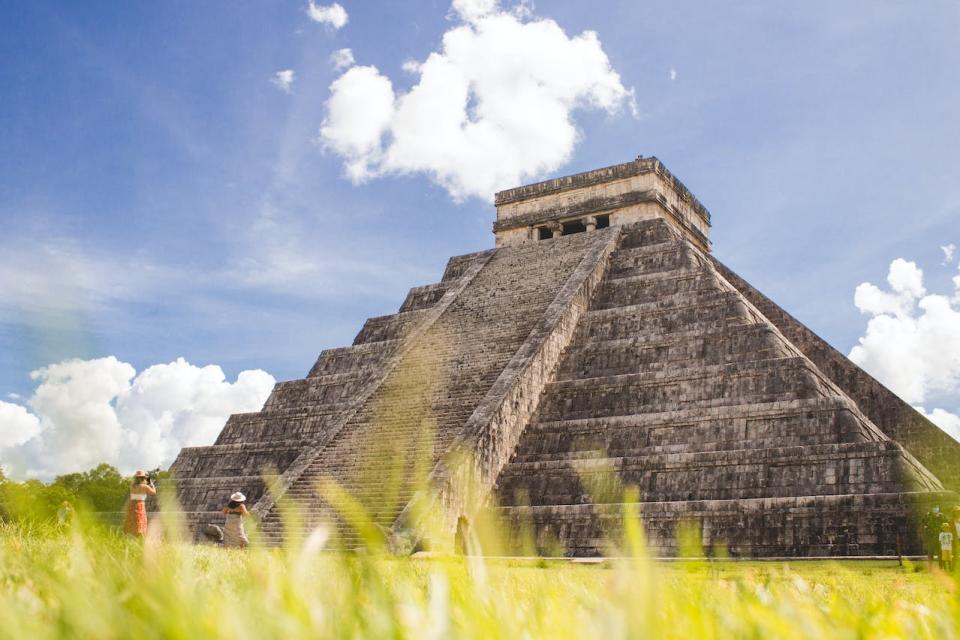
Not only does Mexico have more pyramids than Egypt, but one of its pyramids is also a new Wonder of the World. The Temple of Kukulkan at the Chichen Itza ruins in the Yucatan Peninsula is a Mexican treasure. Recognized as one of the New Seven Wonders of the World, this pyramid showcases the sophisticated architectural and mathematical prowess of the ancient Mayan civilization.
The Olmec Colossal Head Sculptures Are in Mexico
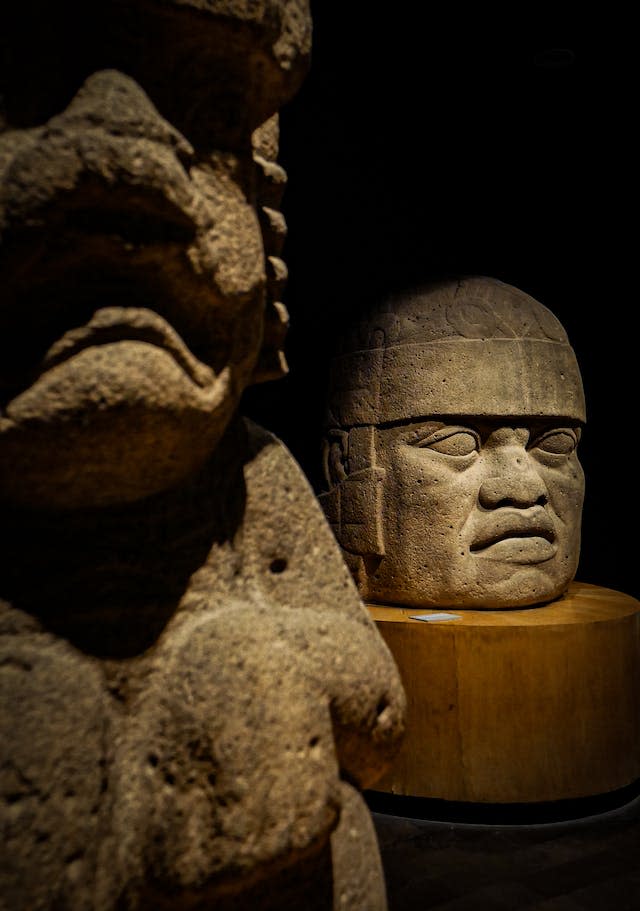
The Olmec Civilization, one of Mesoamerica’s earliest cultures, left behind a mysterious legacy in the form of 17 colossal stone heads. These massive sculptures, carved from volcanic basalt, depict enigmatic faces and are believed to represent Olmec rulers or deities. The colossal heads stand as enduring symbols of ancient Mexican artistry. These heads are on display at the San Lorenzo Tenochtitlán Community Museum, Mexico City’s National Anthropology Museum, and Xalapa’s Anthropology Museum.
The Indigenous Olmecs Are Believed by Some To Be of African Origin
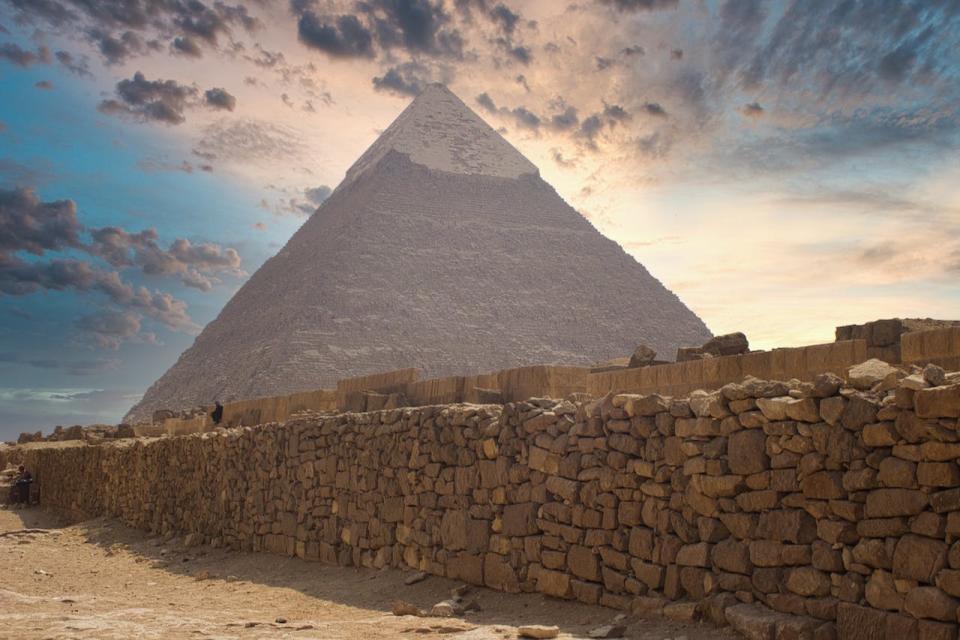
Contrary to popular belief, some evidence suggests that the indigenous Olmecs, the builders of the colossal heads, may have had African origins. This intriguing possibility challenges traditional narratives about the peoples of the Americas and adds another layer of complexity to Mexico’s diverse cultural tapestry. The main reasoning behind this theory lies in the facial features of the Olmec heads; they seem to resemble people of African origin. In addition, other factors such as parallels between certain aspects of Olmec culture and features of African civilizations like the building of pyramids, point to a connection between the Olmecs and Africa.
However, it is important to note that this theory is not confirmed and deemed controversial by some scholars.
Mexico City Is Slowly Sinking Every Year

One of the most intriguing aspects of Mexico City is its subtle descent into the Earth. Built on the ancient Aztec city of Tenochtitlan, Mexico’s capital is gradually sinking at a rate of several inches per year. The city’s foundations are largely composed of clay, causing it to slowly subside as clay has the tendency to compact and lose volume when exposed to water. This factor mixed with others such as the increase in pumping for groundwater, the weight of buildings and infrastructure, and other natural causes are the main reasons for this city’s gradual descent.
Efforts have been made to address the issue, such as implementing water conservation measures, improving water management practices, and seeking alternative water sources. Additionally, the city has invested in infrastructure projects, such as a new water distribution system, to mitigate the impact of sinking. However, the complex interplay of geological and human factors makes it an ongoing challenge to fully halt the subsidence of Mexico City.
The World’s Largest University Is in Mexico

The last of these lesser-known fun facts about Mexico involves its strides toward higher education. Mexico is home to the National Autonomous University of Mexico (UNAM), the largest university in the world. Not only does UNAM hold this impressive title, but it is also considered one of the best universities in the world. With a sprawling campus and a rich academic history, UNAM stands as a testament to Mexico’s commitment to education and intellectual achievement.

